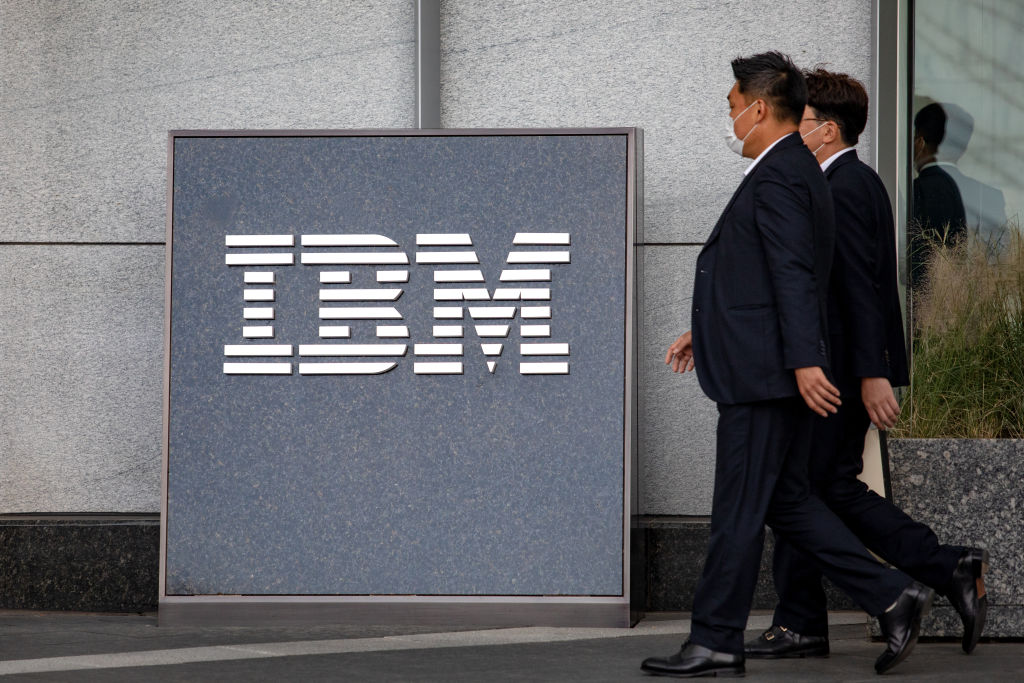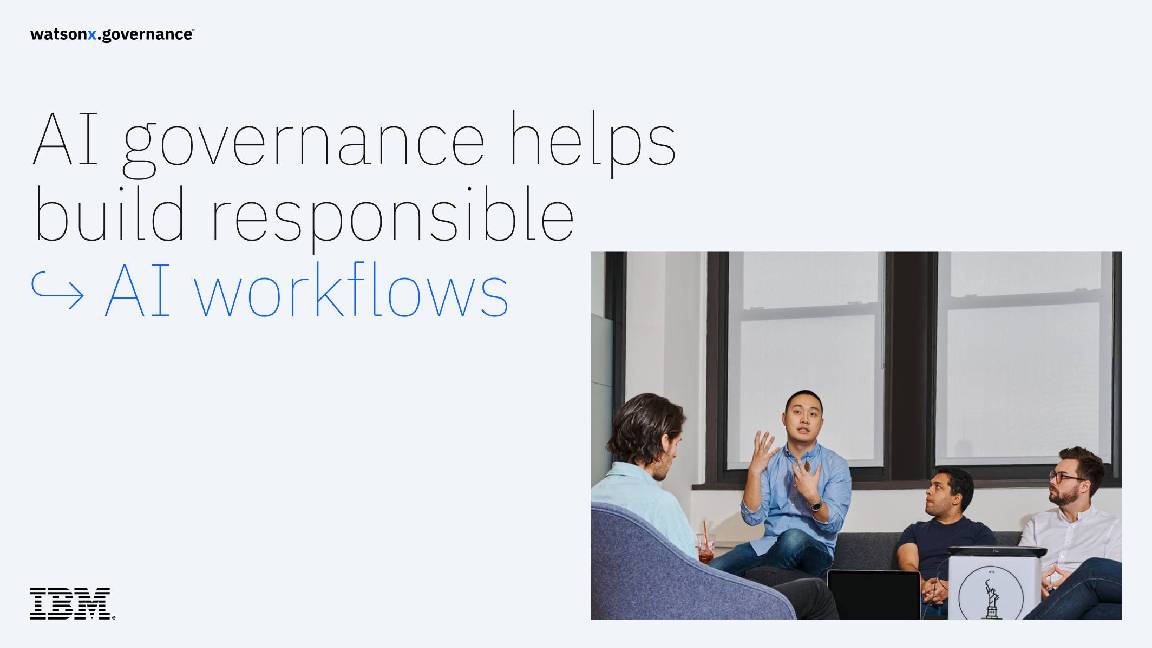Nutanix: Start-up eyes “$50bn market”
Compute and storage newbie Nutanix looks to ruffle establishment’s feathers; goes for growth in EMEA


If you work in the channel, it’s likely you’ve already heard about the new wave of storage start-ups currently looking to bite into the margins of established players such as EMC and NetApp.
One of these newcomers is San Jose-based start-up Nutanix, which specialises in scalable compute and storage. The four year old company, which has been valued at just shy of $1bn by its private investors, has now been shipping in earnest for 11 quarters and has decided it’s time for expansion into Europe.
The firm has already made good initial progress in the region – it increased its channel headcount in the region tenfold in the last 12 months to 250 partners – and a $101m injection of funds in January this year is set to further fuel its growth.
Of interest is that Nutanix operates a purely indirect sales model; it recently hosted its first European channel event where it urged partners to take advantage of an estimated $50bn global market for server and storage for virtualisation.
Nutanix was founded by a team that helped build enterprise-class scalable systems such as Google’s File System, and it is this scalable architecture which is the basis of the vendor’s technology.
“Those guys re-wrote the book when it comes to scale-out architecture,” claims Paul Phillips, a former Brocade regional sales director that joined Nutanix in February to oversee its sales in Western Europe.
“If they had built infrastructure the traditional way – storage, SAN, servers – they’d have gone out of business because they wouldn’t have been able to scale to the demands that we put on those organisations. So they commoditised hardware and put all the intelligence in the software. We basically have done the same,” he explains.
ChannelPro Newsletter
Stay up to date with the latest Channel industry news and analysis with our twice-weekly newsletter
“Nutanix creates a linearly scalable storage platform that is based on commodity hardware,” explains Clive Longbottom, founder of IT analyst firm Quocirca. “However, it is more than this; it is actually a full converged compute platform – like Vblock and UCS – but in a smaller box. Essentially, it is taking direct attached storage and making it work as a virtual pool of resources – and it seems to do a good job of it, and so it can be used as a building block to create much larger pools of storage, compute and network resource.
“Therefore, storage vendors are scared by it – there’s no need for external storage arrays – and computer and network vendors are scared of it – it is a converged system.”
Questioned on whether Nutanix is itself a highly propriety system that forces lock-in, Steve Kaplan, VP of channel and strategic sales at Nutanix answers: “Depends how you define “lock-in” as anything you stick in the datacentre, whether hardware or software, is going to have some type of limitations.
“Nutanix’s IP is 100 percent in our software. The hardware we bundle it with consists completely of commodity servers and local storage/flash. We work with any 10GB network switches, with any of the three leading datacentre hypervisors, with any virtualised workloads that run on other servers/storage/converged infrastructure platforms. I would argue that Nutanix provides incredible datacentre freedom.”
Although Nutanix says its distributed file system can work with any commodity hardware, at the moment it’s only sold as a bundled solution. According to Kaplan, “We want to ensure our customers receive an iPhone-like experience where the appliance is plugged in, turned on and just works. If Nutanix ever does provide a software-only solution, it would only be with carefully vetted very specific hardware brands and configurations to ensure that customers have only spectacular experiences.”
Baiting the big boys
As with all challengers in the tech space, Nutanix is widely dismissive of incumbents’ ability to innovate, with EMC in particular set in its crosshairs.
“EMC made lots of acquisitions like Isilon, ScaleIO, and have perhaps cobbled together a solution through its partnerships with the likes of VMware and Cisco on their VCE initiative,” says Phillips. “Some people call it converged but it’s a load of individual components inside a big refrigerator rack...they’re still separate items. They still have all the traditional problems to do with scaling – it’s not a modular pay-as-you-grow model. We don’t do it like that; we do it in a distributed manner where you can start small and grow big.”
Moreover, SVP of marketing and products at Nutanix, Howard Ting, presented partners with figures claiming six consecutive quarters of year-on-year sales decline among the big storage vendors – and more relevant to Nutanix, $2bn worth of sales lost to the new generation of upstarts like itself, Pure Storage, Nimble and Fusion-io.
“They’re eating away at the traditional vendors,” says Ting of the newcomers – who incidentally aren’t spared a jab either. “While there may be a near-term opportunity with companies like Nimble and Pure and others – and I respect them a great deal, and it’s good they’re helping to shake up the industry a little bit – when we look at where money is going to be made, it won’t be with their technology and their products, it’s going to be with these web scale architectures. That technology will make up the lion’s share of storage spend in the future,” he maintains.
Nevertheless, Nutanix has allied itself to some of the biggest IT firms on the market, establishing close ties with Citrix, Microsoft and sometime frenemy VMware.
Likening its relationship to that of Apple and Samsung (where the mobile device giants are suing one other but Apple remains Samsung’s largest customer of chips for its phones), Ting says “our relationship [with VMware] isn’t as contentious as that, but there are areas where we will compete, and there will be areas where we’ll be very collaborative. It’s obviously complex, but that’s the nature of technology.”
Adds Phillips: “Clearly [VMware] see us a competitor in certain circumstances, as we do more with Microsoft, particularly in education where you get deals where you get the Microsoft hypervisor for free... If we only sold a box that worked on VMware, VMware would be our best friends. But we don’t.”
Partnering plans
While Nutanix is keen to stress its growth credentials over the last 12 months, it actually signed its first UK partners two years ago in the form of Kelway and distributor SDG, now TD Azlan. However, according to Phillips, Nutanix has only been shipping “in anger” for the last 12 months in EMEA. “We had less than half a dozen people in Europe before that, scattered around,” he explains.
In keeping with its technology alliances, the firm is actively signing up Microsoft, VMware and Citrix partners. Says Phillips: “We’re finding great opportunities in that VDI space, so partnering with Citrix partners is a good win for us,” who adds that “most of the partners we have, have one or more of those products in their portfolio. If not, that’s where they’re going to struggle.”
Nutanix is also keen to gain a foothold within large VARs and SIs to target enterprise customers. Says Phillips: “Because we’re a fairly new company, we don’t have many of the large tier one resellers – Kelway is an exception. But our goal is to bring on the likes of ComputaCenter, BT, SCC, Dimension Data that sell to the banks, manufacturing, and telcos. Many of our partners are very focused but some of them are only 5-10 man teams, or less. They’re going to struggle to sell to a Barclays Bank. So we need bigger partners to help us get into that Fortune 500 space.”
Phillips also accepts there will be some among Nutanix’s current crop of partners that will inevitably fall by the wayside as the vendor builds out its channel. “We’ve got some partners today that will probably struggle to maintain being a partner of Nutanix in six, 12 months’ time,” he says.
“The more storage-focused ones probably don’t get it, because if you sell our compute platform as a storage device, you’re already going into an area of fierce competition...You have conversations around bits and bytes, and speeds and feeds, then you automatically get compared with other storage [companies] and pricing starts to get much more aggressive. You need to start at a much higher level.”
He adds: “Where we’re more successful is with customers and partners who get the virtualisation story. When you start that conversation off in the virtualised space, you’ve already elevated yourself above the hardware part of it.”
The exec also expects it to become more difficult to become an accredited Nutanix partner. “We’re getting stricter with partners we bring on board. As we grow up as an organisation, that bar is being raised,” he says.
He reveals that, going forward, the vendor will require partners to achieve sales and technical qualifications to stay within the partner programme (Nutanix recently announced that its 500th IT professional had achieved certification through the Nutanix Platform Professional (NPP) certification programme.) In addition he says Nutanix is “starting to talk about revenue thresholds and expectations” for partners to maintain their partner status.
“Some people will fall by the wayside. But cream floats to the top,” he comments.
UK partners attending the partner summit seemed particularly interested in being able to offer an alternative to the more traditional vendors in their portfolios, with one large reseller likening partnering with some vendors as “being put through a sausage machine.”
John Thorpe, founder of Harrogate-based hosting company Millennia Computer Services says he had been looking for a leading edge partner with and is pleased with what he’s seen so far from Nutanix.
“What I like about them is that while they were cloaked, they seem to have built a company, rather than just launching a product and having nobody to back you up,” he tells Channel Pro. “With Nutanix it seems to be the opposite way round – yeah you have a nice product, but you’ve got 24X7 support in the UK, people on the ground you can actually talk to – there was an SE there on my first install – all of that for a company I’d only just heard of was incredible.”
Nutanix EMEA partner of the year, Stirling-based Nugensis describes the vendor as “one of the most forward thinking and scalable products in the current marketplace.” The firm’s head of consultancy, James Sturrock, says: “Due to this, some of our leading customers such as NHS Greater Glasgow & Clyde, Maersk Oil and NHS Lanarkshire have all chosen this innovative solution ahead of traditional legacy architectures.”
Andrew Pitkethly, technical solutions and services manager UK & IE at Misco, too, was on the lookout for new technologies to sit alongside its line-up of big vendors – particularly as the firm continues to move to a services-led business.
“I think there’s a great play for us to work with these new and disruptive players... coming from my business, which is largely around tier one vendors, so most of the storage we’ve sold has been Dell, HP, NetApp, a bit of EMC. But we’ve found disruptive vendors are really agile, really responsive, and throw everything but the kitchen sink at deals you’ve bought to them, which is really refreshing.”
Furthermore, Misco is rolling out a Nutanix-based VDI solution across its own business in Europe. “At the same time we’re rolling out new desktops, we’re also looking at migrating server workloads to Nutanix –a single platform across Europe,” adds Pitkethly.
“A lot of the big players will look at what Nutanix is doing, and they’ve got big pockets and can afford to innovate quickly.”
Indeed, EMC is scheduled to launch its own hyper- converged platform for the end of the year.
Says Longbottom: “[EMC’s] new systems will increasingly be full systems in a box; it will leverage software defined anything to make all resources equal, and it will use ViPR to cross over different makes and types of storage (and servers and networks).
To Phillips, this is just validation of the market opportunity: “For us that’s a rubber stamp on the converged space,” he maintains.
Nutanix also claims a growing recognition of its brand in the enterprise. “Since the announcement we made in January about the series D funding, the billion dollar valuation, it’s amazing how many people have started reaching out to us,” says Phillips. “We’re in conversation with a dozen banks in the UK, probably half of the large service providers, systems integrators, mobile phone operators. They have all heard of Nutanix.”
Nutanix is one of a generation of noisy, disruptive start-ups who all claim to challenge the EMCs and NetApps of the world. But what will happen when it reaches the point if and when it’s considered a serious contender?
“The technology is pretty clever and seems to work, and it has got a few incumbents worried enough for them to get mentioned in discussions,” says Clive Longbottom, who suggests Nutanix “may end up as an acquisition target by an EMC wannabe that needs to pick up some technology and capability more rapidly than it can develop it in-house.”
Of course, this has been the fate of many technology pioneers over the years. However, executives at the event laughed off the notion of being acquired – at least in the near future – citing Nutanix’s potential to disrupt the market.
Regardless of its potential as a purchase, Nutanix has the confidence of young company that’s determined to shake things up. Says Ting: “There’s going to be a lot of noise in the marketplace over the next few quarters. When you’re disrupting a $50bn market, there are a lot people like the EMCs, the IBMs and NetApps, that don’t want you to be successful.”
Channel Pro opinion
On paper, Nutanix is the poster boy for hyper convergence and deserving of the growth and interest it has received.
Playing devil’s advocate however, the fact that the industry’s been pushing the notion of separating data from the control plane and increasingly turning compute, storage and bandwidth into discreet and scalable commodities, raises some questions about the Nutanix position.
At its core, Nutanix is a Lego-esque building block for storage and compute. This is great, but if you decide you want to use somebody else’s hyper converged solution, these Lego bits just won’t fit together and we’re back to the world of silos.
The analogy with Apple and its fixation with consumer experience should be noted. Apple has the best smartphone experience in iPhone, but Google’s multi-supplier approach for its Android platform is winning in terms of sheer sales. At present, there is no truly seamless and open hyper convergence framework on the horizon and this gap is where the firm hopes to exploit.
What is positive is a company that has embraced the channel whole heartedly and, at least for now, has a different proposition than the rest of the industry. A software-only version would be a real game changer, but whether or not it or even the customer base is ready for that level of revolution is uncertain.
UPDATE: 04/06/14
Nutanix’s Global Service Organisation (GSO) has launched a Vblock-to-Nutanix Migration Service that allows customers "underserved by VCE converged infrastructure" to migrate all virtual workloads to Nutanix.
For organisations with expiring Vblock maintenance, the trade-up programme can replace existing Vblocks with new Nutanix web-scale converged infrastructure. With the programme, Nutanix says solutions can be purchased cash-flow neutral, in some cases, at the cost of existing Vblock support and maintenance.
Christine has been a tech journalist for over 20 years, 10 of which she spent exclusively covering the IT Channel. From 2006-2009 she worked as the editor of Channel Business, before moving on to ChannelPro where she was editor and, latterly, senior editor.
Since 2016, she has been a freelance writer, editor, and copywriter and continues to cover the channel in addition to broader IT themes. Additionally, she provides media training explaining what the channel is and why it’s important to businesses.
-
 CISA issues warning in wake of Oracle cloud credentials leak
CISA issues warning in wake of Oracle cloud credentials leakNews The security agency has published guidance for enterprises at risk
By Ross Kelly
-
 Reports: White House mulling DeepSeek ban amid investigation
Reports: White House mulling DeepSeek ban amid investigationNews Nvidia is caught up in US-China AI battle, but Huang still visits DeepSeek in Beijing
By Nicole Kobie
-
 Put AI to work for IT operations
Put AI to work for IT operationswhitepaper Reduce the cost and complexity of managing hybrid applications
By ITPro
-
 AI in the retail industry is spreading beyond the IT department
AI in the retail industry is spreading beyond the IT departmentNews AI has become a strategic imperative for retailers, delivering marked productivity gains
By Emma Woollacott
-
 Maximizing contact center operations with generative AI assistants backed by responsible AI principles
Maximizing contact center operations with generative AI assistants backed by responsible AI principleswhitepaper Reduce the cost and complexity of managing hybrid applications
By ITPro
-
 IBM just launched powerful new open source AI models – here’s what you need to know
IBM just launched powerful new open source AI models – here’s what you need to knowNews Available under the Apache 2.0 license, IBM's Granite 3.0 models are trained on enterprise data and can out-perform the competition
By Emma Woollacott
-
 Achieving business outcomes with generative AI
Achieving business outcomes with generative AIWebinar Take your hybrid cloud journey to the next level with generative AI
By ITPro
-
 Wimbledon’s new Catch Me Up AI feature promises to keep fans up to date at the tournament – after it irons out some of the wrinkles
Wimbledon’s new Catch Me Up AI feature promises to keep fans up to date at the tournament – after it irons out some of the wrinklesNews The latest feature to come out of IBM’s partnership with Wimbledon will keep fans engaged from the early stages right through to the final with dynamic player insights
By Solomon Klappholz
-
 AI demands new ways of data management
AI demands new ways of data managementwhitepaper The data leader’s guide for how to leverage the right databases for applications, analytics and generative AI
By ITPro
-
 AI governance for responsible transparent and explainable AI workflows
AI governance for responsible transparent and explainable AI workflowswhitepaper Build greater trust in your AI
By ITPro